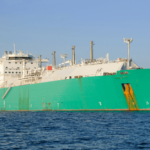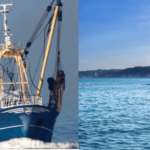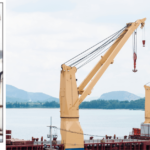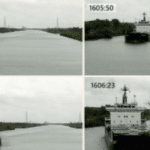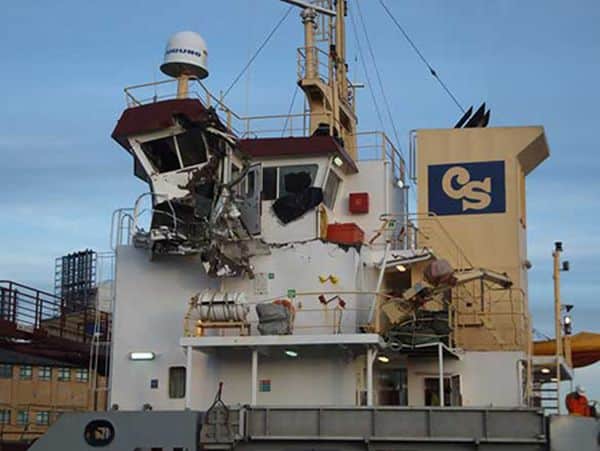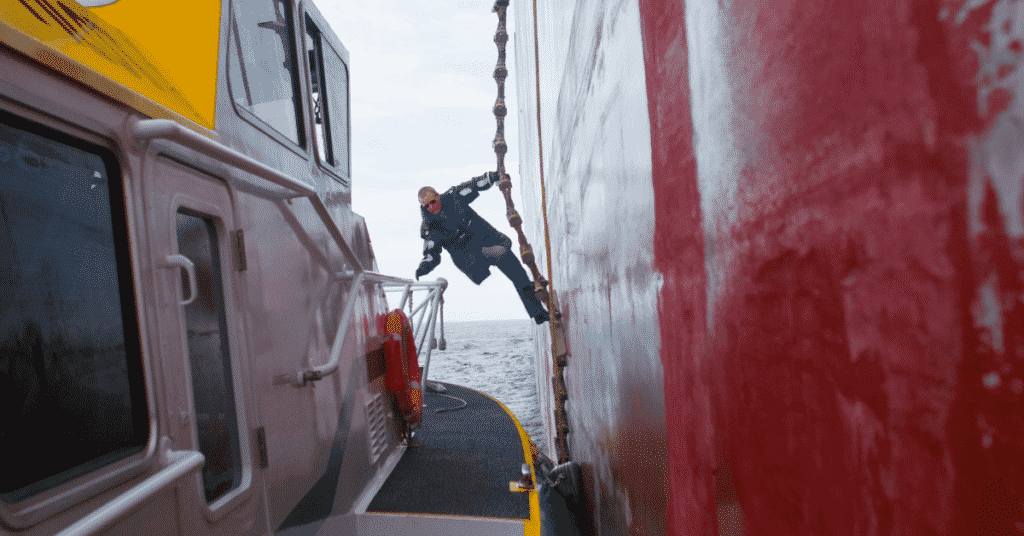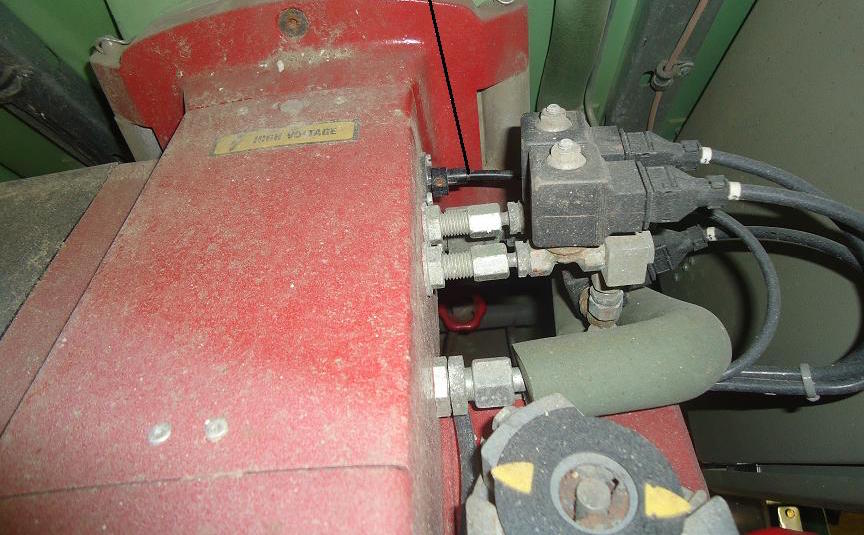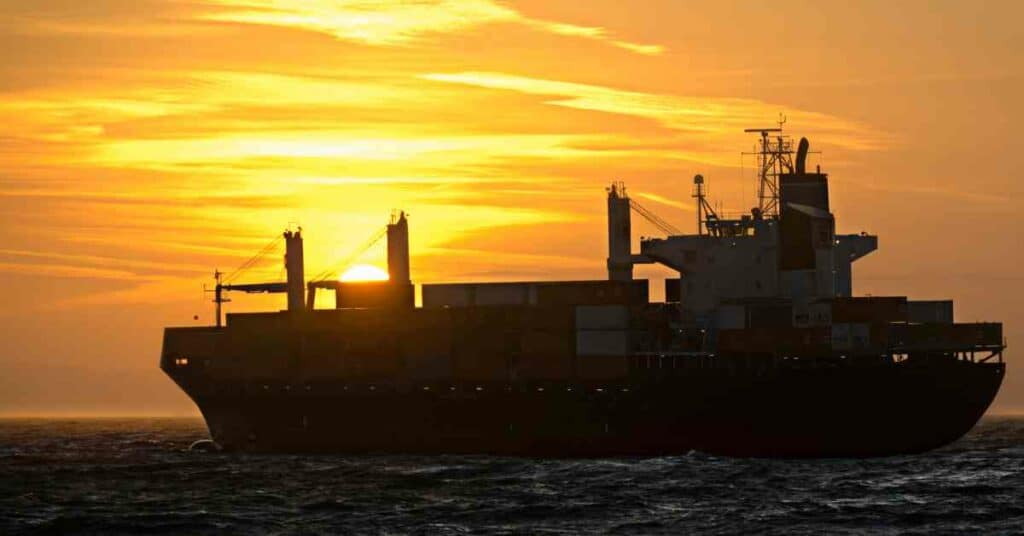Real Life Incident: Stowaways Behind False Panel In Container
As the master of a container feeder vessel on the North African trade, my crew and I are ever vigilant against stowaways who make desperate attempts to enter the European Union illegally. Accordingly, at all African ports, our onboard procedures ensure that my highly reliable and competent crew open, inspect and seal every empty container on the quay before being loaded. Hence I was particularly shocked and embarrassed when, in an African port, some policemen suddenly boarded my vessel, claiming that 10 persons had stowed away on my vessel in an empty container which had been loaded the previous day. Soon, the suspect container was discharged ashore, the ship’s seal cut, the doors opened, and 10 stowaways were discovered and taken into custody.
It was then observed that a false rear panel (identical to the original one) was built inside the container, about one foot away from the actual rear panel, and the stowaways who concealed themselves within the gap remained undetected during the internal inspection by the ship’s crew. Once the container had been stowed on board, the stowaways dismantled the panel and settled down inside the unit. However by the next day, with the vessel still alongside, the air inside got very stuffy and fearing suffocation, the stowaways called the local police on their mobile phones, giving them the container number and asked to be rescued.
It is a matter of concern that stowaways in this region are getting increasingly innovative in defeating the security measures being followed by terminals and ships, among which container vessels are especially vulnerable.

Corrective/preventative actions
1. The incident was reported to the company security officer (CSO).
2. As an additional security measure, it was decided to verify every empty container’s interior dimensions during the pre-loading searching process. This can be achieved by two simple methods – through a laser distance measuring device or by confirming the internal dimensions with a tape or rope, with the lengths and widths of standard marine freight containers suitably marked.
Reference & Image Credits: nautinst
Disclaimer :
The information contained in this website is for general information purposes only. While we endeavour to keep the information up to date and correct, we make no representations or warranties of any kind, express or implied, about the completeness, accuracy, reliability, suitability or availability with respect to the website or the information, products, services, or related graphics contained on the website for any purpose. Any reliance you place on such information is therefore strictly at your own risk.
In no event will we be liable for any loss or damage including without limitation, indirect or consequential loss or damage, or any loss or damage whatsoever arising from loss of data or profits arising out of, or in connection with, the use of this website.
Do you have info to share with us ? Suggest a correction
Disclaimer :
The information contained in this website is for general information purposes only. While we endeavour to keep the information up to date and correct, we make no representations or warranties of any kind, express or implied, about the completeness, accuracy, reliability, suitability or availability with respect to the website or the information, products, services, or related graphics contained on the website for any purpose. Any reliance you place on such information is therefore strictly at your own risk.
In no event will we be liable for any loss or damage including without limitation, indirect or consequential loss or damage, or any loss or damage whatsoever arising from loss of data or profits arising out of, or in connection with, the use of this website.
- Real Life Incidents: Near Miss In Open Water And Good Visibility
- Real Life Incident: Poor Situational Awareness Leads to Collision
- Real Life Incident: Monkey’s Fist Knocks on Office Window
- Real Life Incident: Paint Storage Slip-Up On Ship
- Real Life Incident: Checklist Mentality Is A Burning Problem
- Real Life Incident: Vessel Speed Exacerbates Bank Suction
Latest Case studies Articles You Would Like:
Daily Maritime News, Straight To Your Inbox
Sign Up To Get Daily Newsletters
Join over 60k+ people who read our daily newsletters
By subscribing, you agree to our Privacy Policy and may receive occasional deal communications; you can unsubscribe anytime.




